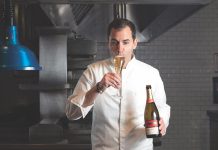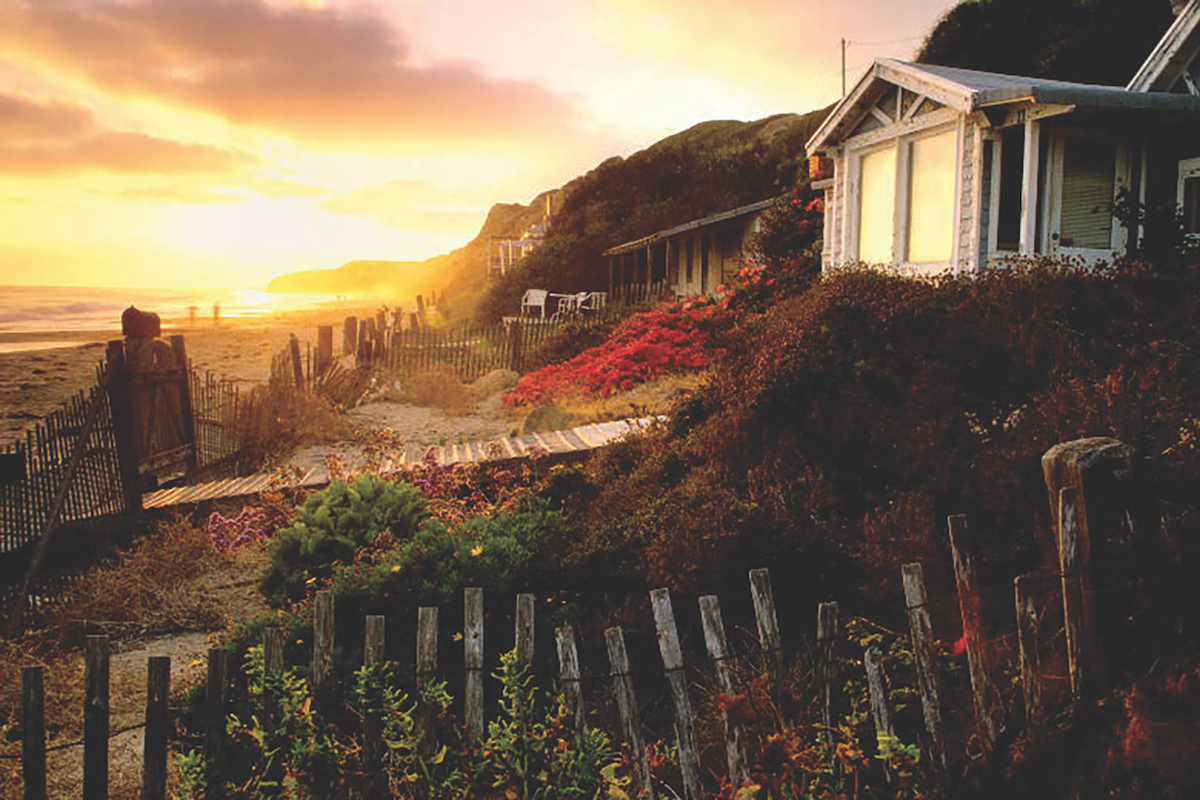
Crystal Cove State Park serves as an educational lab for hands-on exploration of science topics in marine and land-based environments.
By Julia Clerk
Crystal Cove State Park—situated along Pacific Coast Highway with sweeping views, historic cottages and access to waters teeming with marine wildlife—is many things to many people.
For beach lovers, it offers 3.2 miles of natural seashore, tide pools and underwater habitat off the coast. For avid hikers, there are 2,400 acres of backcountry to explore. And for history buffs or families relishing a quick getaway, it offers 45 vintage cottages (plus one Japanese Language School house) originally built in the 1930s and 1940s; many can still be rented today for a rustic seaside vacation while others are in the process of being restored.

However, for many elementary, junior and high school students around Southern California, the state park is also a center for learning via the Crystal Cove Conservancy’s STEM (science, technology, engineering and mathematics) education program. And thanks to advances in online learning, anyone can access the program; so far, students in nine states including California have used the online materials.
The conservancy was founded in 1999 by Laura Davick as the Alliance to Rescue Crystal Cove as a way to protect the cove’s historic cottages, stop development of a luxury resort planned on the site, and work with the community to create a vision for the park.
Education also became part of the mission of this organization, which was renamed Crystal Cove Alliance and then Crystal Cove Conservancy. Of the existing educational programs, the first—the Marine Protected Area Science Cruise—began in 2012 with the implementation of California’s MPA network and the establishment of the Crystal Cove State Marine Conservation Area, which aimed to protect wildlife and habitat.
Based on ideas floated by Davick, then-CEO Harry Helling and the conservancy board, establishing the program involved partnering with Crystal Cove State Park natural resource managers, UC Irvine and Newport Landing Sportsfishing to create a series of monitoring and research projects that students could participate in.
Community Scientists
Since then, the Crystal Cove Conservancy team has launched a series of educational experiences for K-12 “community scientists” in the backcountry, on the beach and out on the water within the Crystal Cove State Marine Conservation Area.
For example, aboard a fishing vessel, the students measure water quality, use nets to capture plankton to examine under a microscope and utilize underwater cameras to look at changes in local fish populations. Once they’re back in the classroom, students analyze the data they collected and share those findings with the state park. In other programs on land, students measure the shape of Crystal Cove’s beach and also monitor the size and shape of waves.
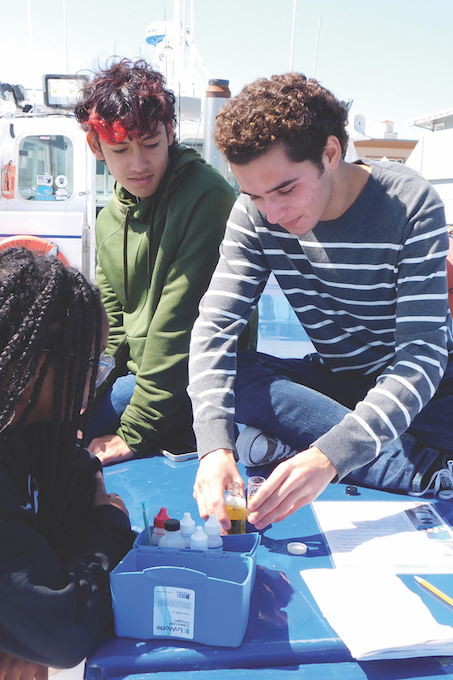
Over the years, fifth graders have been able to take part in a multiweek investigation into the restoration process by weeding non-native plants and experimenting with the space between seedlings and established shrubs, watering and measuring the seedlings during the spring months; high school interns can sign up for a yearlong ecological restoration experiment. Middle schoolers can build a computer model of the ecosystem and code their own environmental sensors to gather data at the park for examining the role of microbiomes, decomposition and the carbon cycle in restoration.
“Our programs have evolved into much more than field trips to the park,” says Erick Valdez, who worked in the conservancy’s education program for six years—most recently as manager—before leaving for another job over the summer. “They are weekslong investigations into the issues threatening protected lands and waters that begin with professional development workshops that prepare teachers to use the Next Generation Science Standards-aligned curricula in their classrooms and in the field here in the park.”
The Crystal Cove Conservancy currently works with UC Irvine School of Education to develop relevant and important curricula aligning with those standards and measure the impact with pre- and post-program assessments.
For The Trouble With Trash, one of the newest programs for kindergarten through second grade, students examine the effects of trash at the beach and in other ecosystems. Teachers lead this lesson in their classrooms with materials provided by the conservancy, then students may take a field trip to the state park. For the pre-assessment, students are asked to draw a picture of someone solving a problem in nature. They often draw a grown-up, park ranger or cartoon mascot (the conservancy’s unofficial mascot named Steve the Crab) tackling the issue. However, in the post-assessment, they tend to draw themselves solving it.
Learning Ladder
The conservancy holds diversity and inclusion as one of its highest tenets. “We intentionally partner with schools in disadvantaged communities. Nearly three-quarters of our students come from our most underserved Title 1 schools,” Valdez says.
In fact, in 2022, the conservancy’s STEM education programs served more than 10,000 students (about 74% were from low-income areas); for many, this involved not only their first visit to Crystal Cove State Park, but to any beach even though they live just a few miles from the coast.
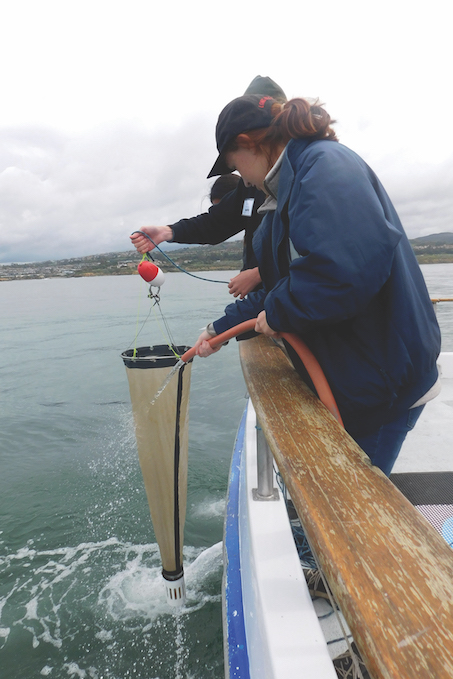
The programs are built as a learning ladder so students can return year after year to deepen their understanding of issues while developing critical science skills as well as bonding with the natural world.
“I bring all my AP Environmental Science students to the MPA cruises every year,” says Dolores Dang-Wright, a teacher at Dana Hills High School, whose advanced placement students have participated in a range of Crystal Cove programs offered over the years.
“In APES, students need to know about the coast, how people affect the coast, water quality, food webs, biomes and different habitats. The MPA covers all of those topics and more. Every trip is different. You can’t predict what you’re going to see.”
Dang-Wright adds that many students don’t even realize they’re immersed in an outdoor classroom and learning rather than just enjoying a day at the beach. Take, for instance, a student who wrote “Was really fun, I like how we focused on the animal life instead of the schoolwork” in the post-assessment.
She says that around 75% of her AP Environmental Science students become interested in marine biology and wind up taking Marine Ecology in their senior year.
Student-State Synergy
Even after their participation in the Crystal Cove project ends, students are encouraged to take part in various other programs—on their own or with family and friends—such as a joint stewardship effort with California State Parks that aims to help restore habitats with the help of the public.
The California Department of Fish & Wildlife is grateful for the role that Crystal Cove MPA Science Cruise plays in bringing students onto the water and into California’s MPAs.
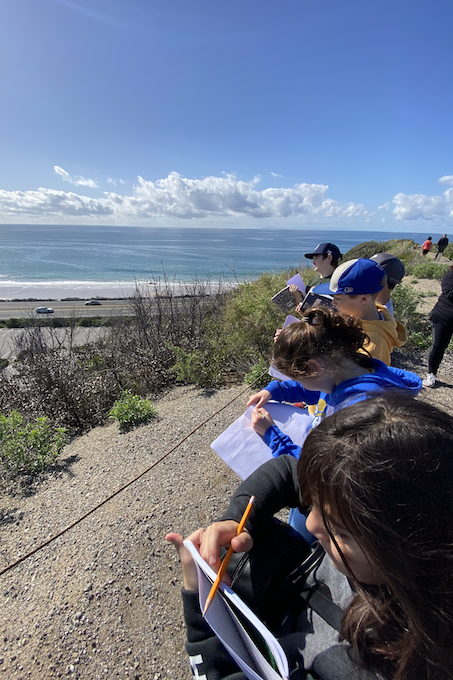
“One of the primary goals of the Marine Life Protection Act—the guiding legislation for why California has a network of 124 MPAs—is to improve recreational, educational and study opportunities, which this program is helping to fulfill,” says Amanda Van Diggelen, an environmental scientist at the CDFW assigned to the statewide Marine Protected Areas Management Project. “Wildlife programs like the MPA Science Cruise helps to create citizen scientists.”
Valdez says that data collected by the students have resulted in more informed land management decisions for California’s state parks and have been included in several published, peer-reviewed journal articles. And the relationship is set to grow stronger.
“Over the next decade of management, the state is recommending the development of a comprehensive community and citizen science strategy for MPAs to better utilize community science to inform their management,” Van Diggelen says.
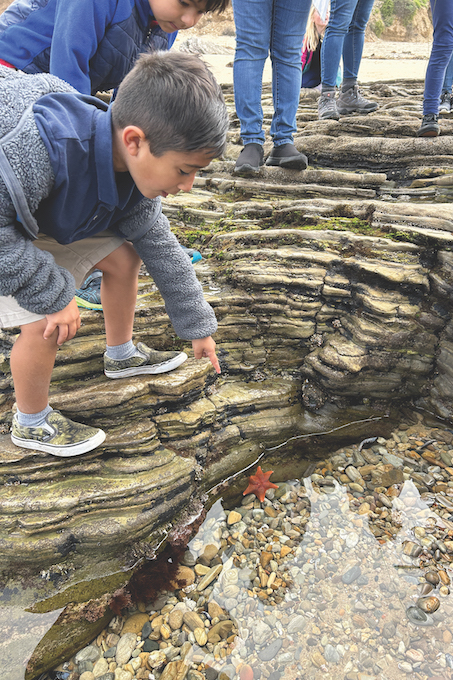
“This would include improving the coordination between existing community science programs and identifying opportunities for new programs. With the growing interest in expanding MPA community science programs, more work is needed to better integrate community science data—like the information collected through these MPA Science Cruises—with the broader MPA Monitoring Program.”
And the science programs at Crystal Cove help to transform students as well, giving children and teens confidence, sparking curiosity within them and sometimes setting them on a new career path.
“Our programs move students from observers to problem solvers,” Valdez says. “Many of the teachers that join us on our programs have returned year after year due to the formative influence that the programs have on their students.”



